I always want to give recitals without big advertisement – to come to somewhere quite unknown and make appeal – do you know? That is real success.
Sonia Revid1
Sonia Revid came to Melbourne in 1932 as a largely unknown dancer, bringing the new and unusual modern expressionist dance stylings of Mary Wigman with her from Dresden. She is widely credited as one of the first to introduce modern interpretive dance to Victoria, along with contemporaries Joan Joske and Joan Henry. For several years she became a well-known albeit slightly enigmatic figure in the cultural community of Melbourne, performing regular dance and spoken-word recitals, giving literature talks on community radio, and teaching physical culture through dance and movement to adults and children alike. Despite her relative popularity at the time, with no heirs and no legacy dance school, after her final performances in 1941 Sonia Revid began to slowly fade from collective memory.
State Library Victoria holds the photographs, scrapbook, and certificates of Sonia Revid, 1902-1967 in our Manuscripts collection.
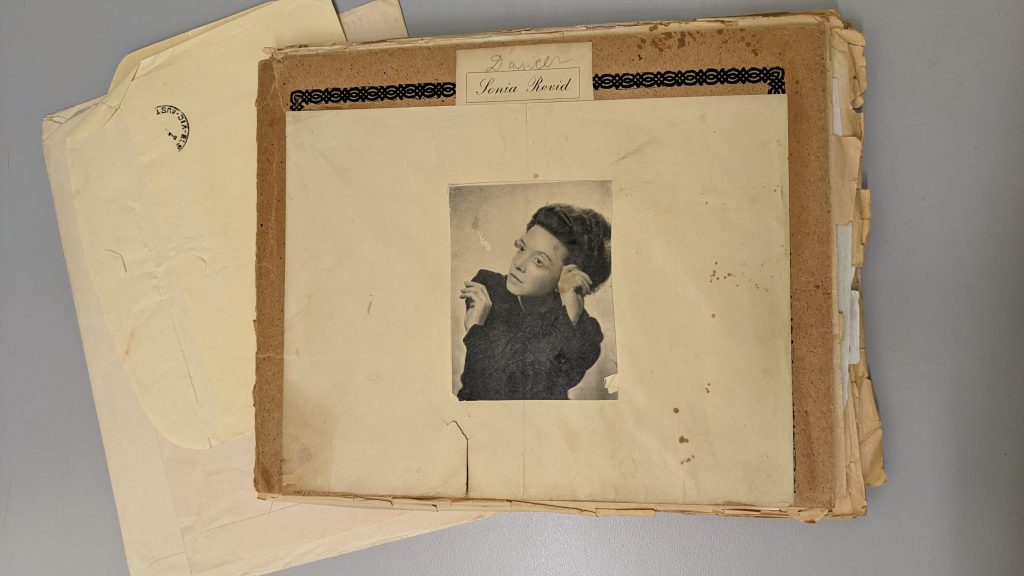
‘A means of expression’2
Sonia Revid was born in 1902 in Libau (Liepaja) in what is now Latvia3; one of four children to parents Olga and Isaac (Herald, 9 Aug 1947). Driven out of Russia by war and revolution4, in 1921 Sonia moved to Berlin where she witnessed a dance performance by pioneering German expressionist dancer Mary Wigman. Despite no former dance experience, she immediately knew that this artform – which rejected classical ballet technique in favour of emotional expression through the body – was for her (The Home : an Australian Quarterly, vol. 14 no.10). She studied with Mary Wigman in Germany for several years, gaining her diploma from the Wigman School in Dresden in 1928, before branching out on her own (The Age, 5 Dec 1932).
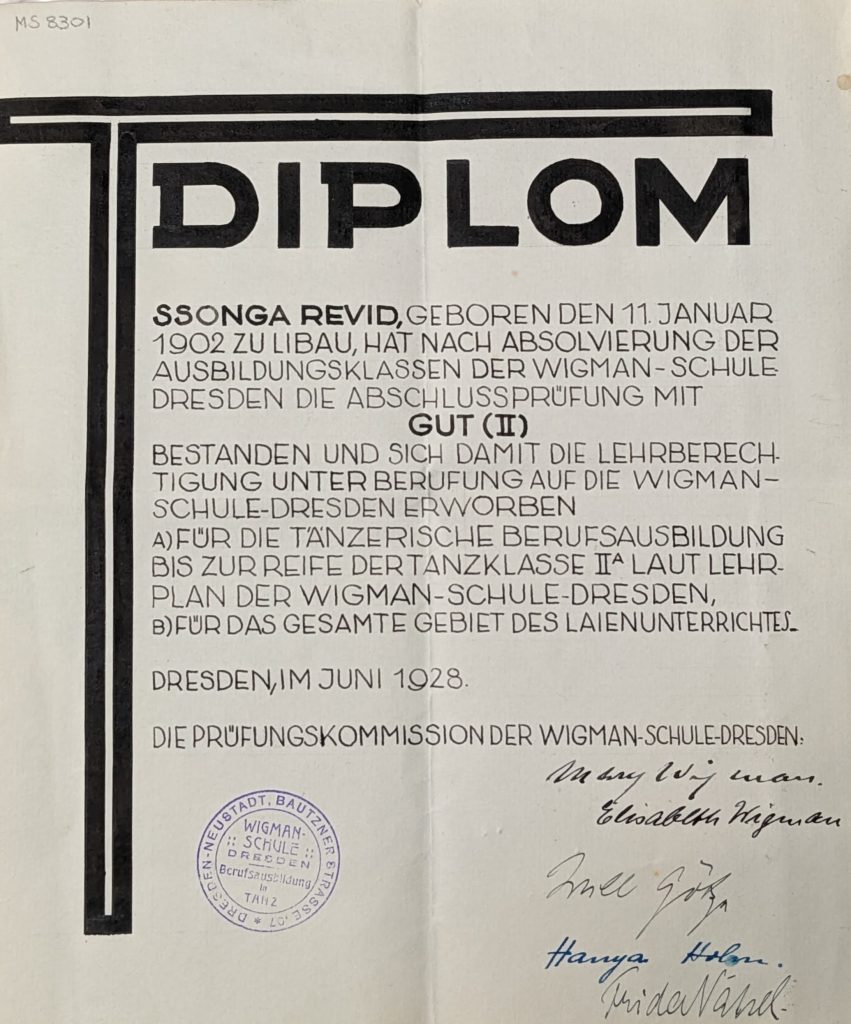
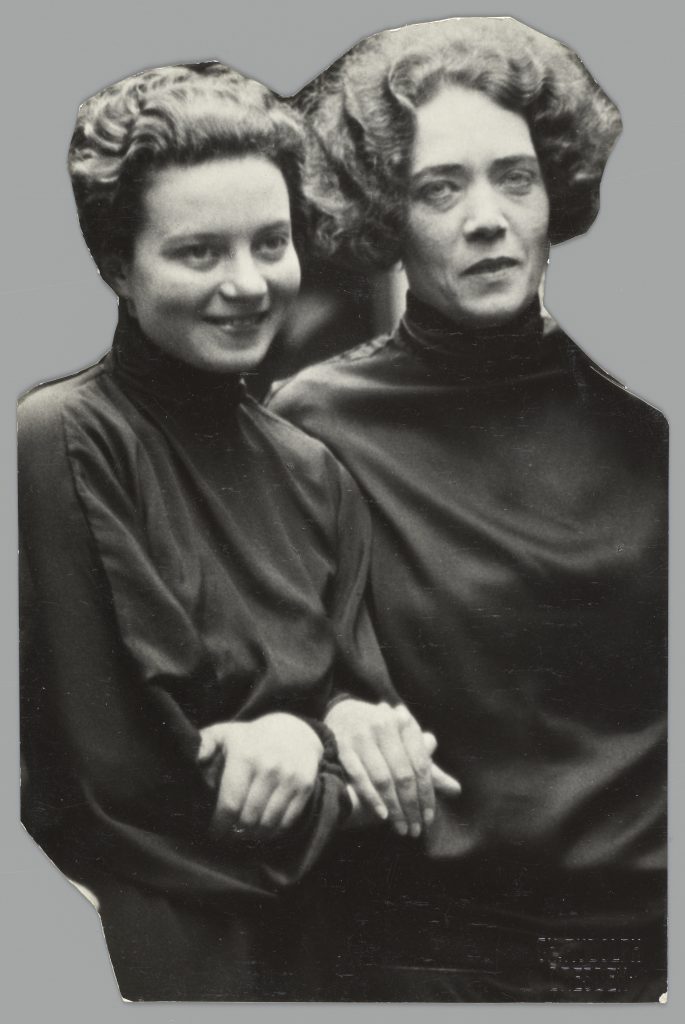
Mary Wigman would describe Sonia Revid as a ‘strong and idiosyncratic talent’5
It was important to Sonia not to imitate her teacher, and she cultivated a new style that was completely her own, including more emphasis on facial expression during her dances; something that Mary Wigman would largely discourage6.
Ours is a dance of the whole body, not of the feet only, and it is the expression – not just the pose – that counts. And the face must dance exactly like the body
Sonia Revid7
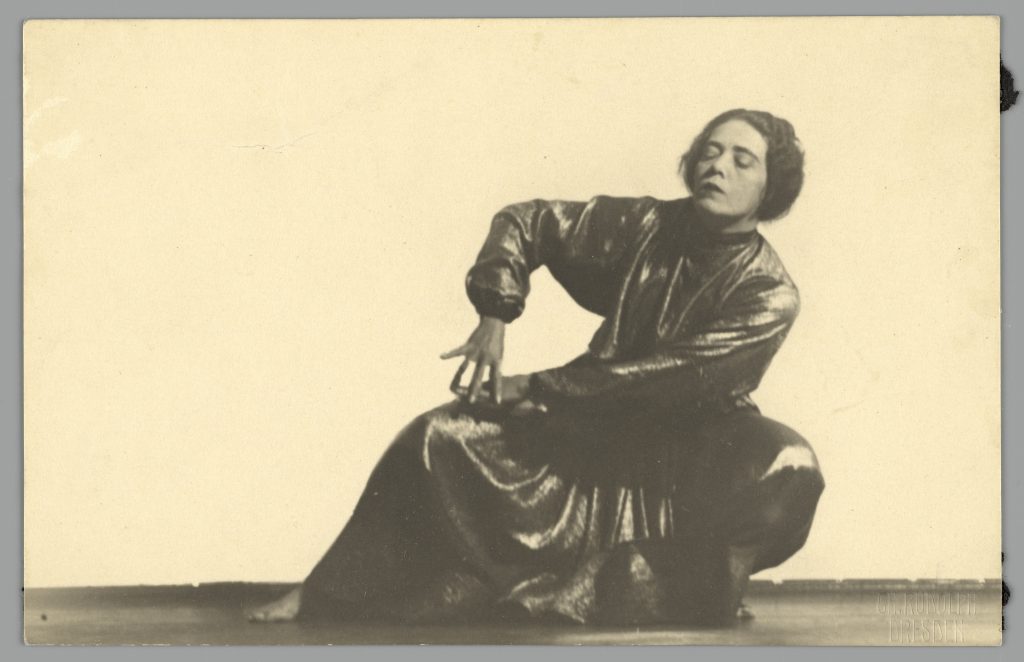

Some of her most notable dance pieces included ‘Timidity’ – a dance without music, ‘in which she hardly moved from a crouching position, all the expression lying in the slow movement of arms and fingers and the lifting of the head’ (The Age, 25 Sept 1933); and ‘the Bushfire Drama’, based on the 1939 Victorian bushfires – the latter displaying ‘her sympathy with an understanding of humanity, and her intense feeling for music’ (The Age, 4 June 1941), and also a deep connection with the Australian people and landscape.
For Sonia Revid, dance was not merely a physical artform, but an almost spiritual experience.
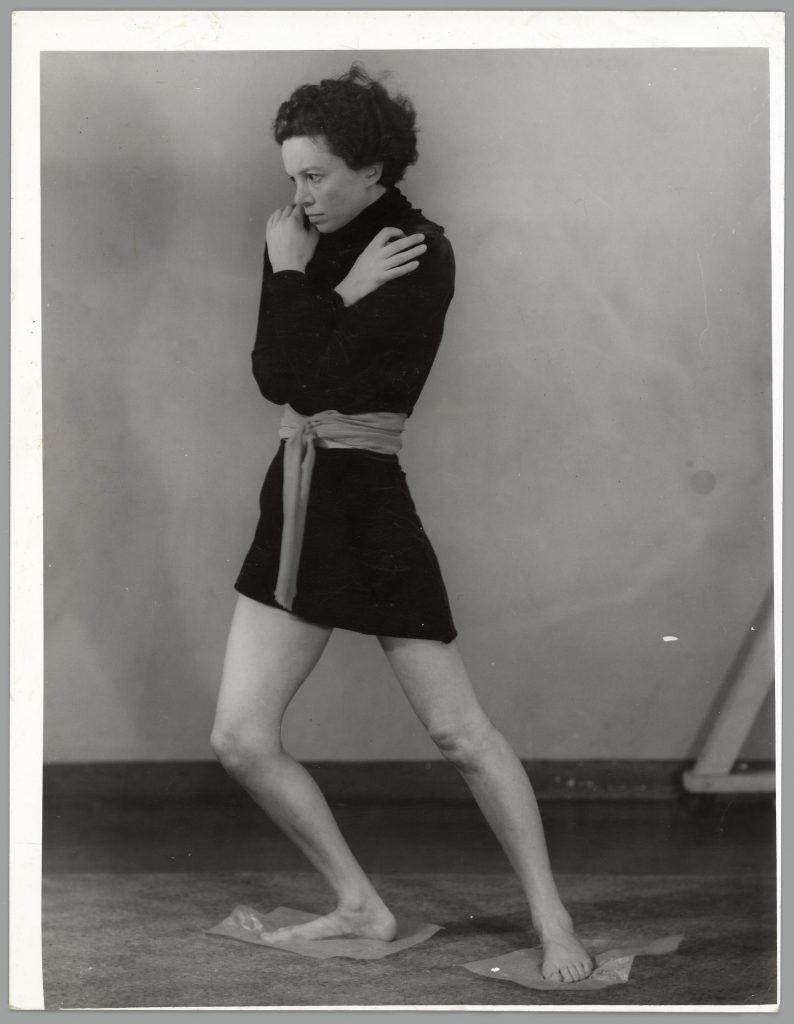
‘An attractive Russian exile’8
In August 1932 Sonia Revid came to Melbourne on the Ville d’Amiens9 under the pretense of visiting her sister Rosa and her theatre producer husband Dolia Ribush for a few months (Herald, 20 Sept 1933), and also, perhaps, to escape the brewing political ‘conditions’ in Germany10.
On 3 Dec 1932 – a mere four months after her arrival in Melbourne – Sonia Revid performed her first public dance recital ‘Modern Dance Individualism’ at Central Hall, Little Collins Street. An article in the Melbourne Herald (1 Dec 1932) a few days earlier excitedly announced ‘RUSSIAN DANCER HERE – a Mary Wigman Enthusiast’. The reviews were overwhelmingly positive, however it seems that modern expressionist dance was still viewed as somewhat of a novelty in 1930s Melbourne. Many reviews focused on the minimal staging elements as much as on the dance itself. The Age (5 Dec 1932) wrote of the debut performance: ‘She dances barefooted before a plain setting of curtains, and for the greater number of her dances she wears a simple brief tunic’.
One year and several recitals later, and Melbourne had embraced Sonia Revid and her personal brand of expressionism, with The Age (25 Sept 1933) now gushing that ‘Rarely are Melbourne audiences privileged to see such exquisite dancing as that of Miss Sonia Revid at her recital on Saturday night’. By 1935 the Australian Jewish News was proclaiming Miss Revid ‘a genius, in her field of the Dance’.
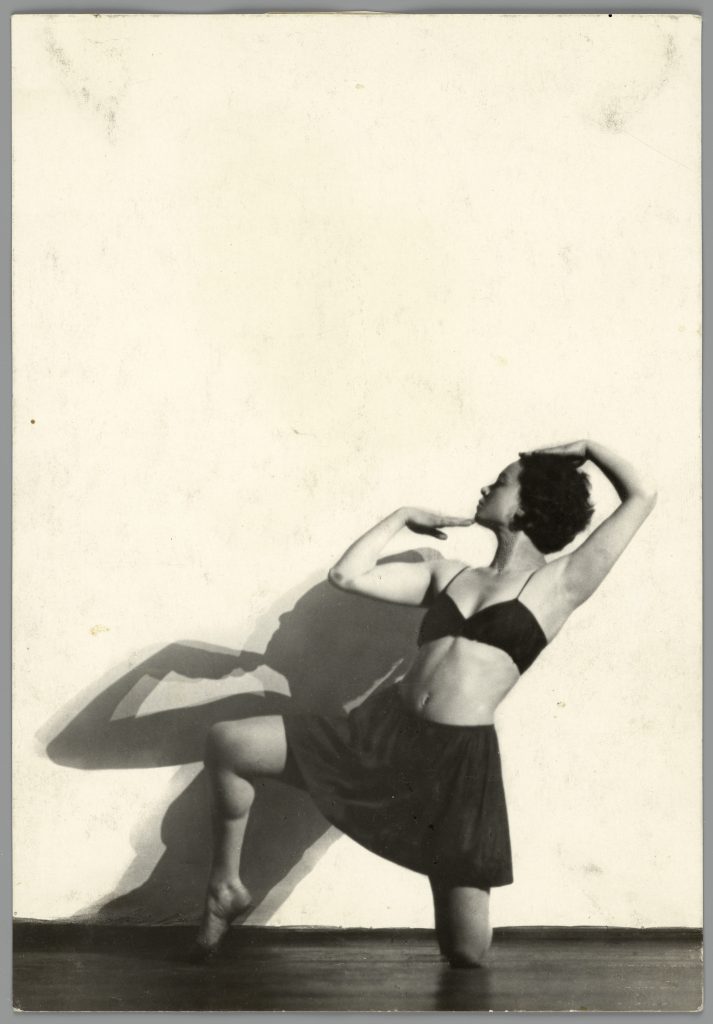
The reviews weren’t always favourable though, with dance columnist ‘Foxtrotter’ admitting in Table Talk (5 Oct 1933) to feeling ‘a little disappointment at times’ that some of Miss Revid’s compositions ‘were not quite as abstract as real expressionism of the ultra-modern ideals demands’. It clearly wasn’t to the taste of the Herald’s Kenneth Wilkinson either, who on 4 June 1941 lamented that Sonia’s slow and soft movements ‘had not enough contunuity of interest to prevent boredom’. Perhaps the most cutting however was Foxtrotter’s observation that:
…whatever Sonia Revid does possesses charm, but personal charm is not art11.
Nevertheless, Sonia quickly became a familiar face in the Melbourne arts scene, and her presence at theatre and gala events was often highlighted in the social pages of the newspaper. Her ‘striking appearance’ (Herald, 10 Dec 1934), and propensity to wear flat shoes both on and off stage was often remarked upon (The Bulletin, 2 May 1934). A three-page spread complete with artistic photoshoot in The Home magazine perfectly captures Melbourne’s growing fascination with the European dancer:

On December 6th 1937 Sonia was naturalised as an Australian12. She would make Melbourne her home for the rest of her life.
‘Classes for adults and children, professionals and amateurs’13
Miss Revid began teaching dance classes out of her sister Rosa’s Caulfield home in 1933. The wording for the advertisements for these classes highlights Sonia’s interest in many of the ideals of physical culture which was gaining in popularity during the early twentieth century:
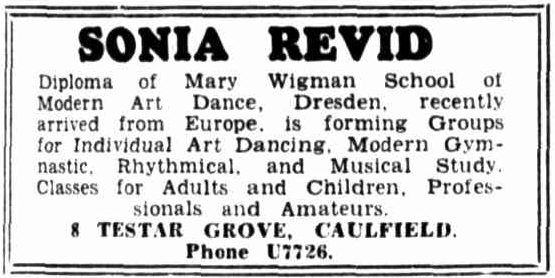
In a promotional pamphlet, Sonia described the study of her particular style of Modern Art Dance as the ‘thorough development of the body in perfect harmony, as well as the development of imagination, concentration, and expression of any emotional feeling, combined with rhythmical and musical sense’14. Clearly, these were more than ‘just’ dance classes!
By 1936 she had opened her own school, ‘Sonia Revid School of Modern Art Dance and Body Culture’ with two studio locations: the British Musical Society Salon room at 465 Collins Street, and the Oxford Club in East St Kilda (Australian Jewish News, 30 April 1936). These classes proved popular, and Miss Revid’s students would perform several recitals to critical acclaim.
‘a bodily, mental and spiritual bath’15
Sonia Revid was community-minded, and believed in ‘the utter necessity of being humane, of helping each other’16. She also believed in the power of art to uplift, and had an interest in hygiene instruction – physical hygiene of course, but also of the mind and soul:
It is culture which helps to destroy evil, to create love, to believe in the existence of God. It is the culture of body, soul and mind which one ought to exercise, daily. One ought, indeed, take, daily, a bodily, mental and spiritual bath
Sonia Revid17
Subsequently, she spent several years teaching body culture and movement to children in Melbourne’s slum areas, particularly Fitzroy. On at least one occasion she donated proceeds of her performances to the Mission to Streets and Lanes to help with relief work in these suburbs (The Age, 3 Sept 1938). She hoped that the discipline of her classes would help to instill a sense of culture into the children that she taught, ultimately improving their lives. She published a pamphlet on her experience, Do slum children distinguish light from dark? in 1936.

Fitzroy. View from the Brotherhood of St Lawrence, ca 1935, F. Oswald Barnett Collection; H2001.291/42
Appealing ‘to the intellect as well as to the senses’18
While Sonia was most known for her dance, she was also an enthusiastic writer and lover of literature who studied philology at Petrograd State University19. She was a regular presenter on 3AR and 3LO radio stations in the late 1930s and early 1940s, performing spoken-word recitals of dramatic works or literary criticisms of the Russian Masters.

She also wrote several essays, pamphlets and opinion pieces, including the aforementioned Do slum children distinguish light from dark? (1936), Not God who kills… (1940), and Australia – the country of the future (1941), in which she describes her adopted country as a ‘dreamland’20.

Sonia Revid lived out the rest of her life in Melbourne, ultimately passing away in 1947 after a short, undocumented illness at just 45 years of age21. Perhaps fittingly, little fanfare was made of her passing, other than a short obituary in the Australian Jewish News (15 Aug 1947). The obituary is mostly obscured by the bindings in the Library’s physical holdings of the newspaper, and unfortunately this has been replicated in microfilmed copies and digitised versions on Trove. Luckily, a typed copy of the obituary is held within the scrapbook of our manuscript collection:
I was very shocked to learn of the untimely death last Saturday of Sonia Revid, whose dance recitals in the middle 1930’s I had the great pleasure of reviewing.
Miss Revid was the first dancer to introduce to audiences here the genre of the modern interpretative dance, and she was brilliant. A pupil of Madame Wigman and other leading exponents of this dance form for many years, she endeavoured to inculcate the principles she had learned, into young dancers here.
Never one to chase publicity, unfortunately her great talent was known to few other than those who attended her series of recitals more than ten years ago. In the strict limits of her medium, I have seen no dancer here to equal her. Miss Revid’s interpretation of the music of Schubert’s ‘Ave Maria’ and the ‘Happy Peasant’ will be ever memorable. Her symbolism was equalled only by her grace of movement and effortless control. Her integrity was a marked trait equalled by capacity for dramatic tenseness, and considerable general culture.
‘I.M’22
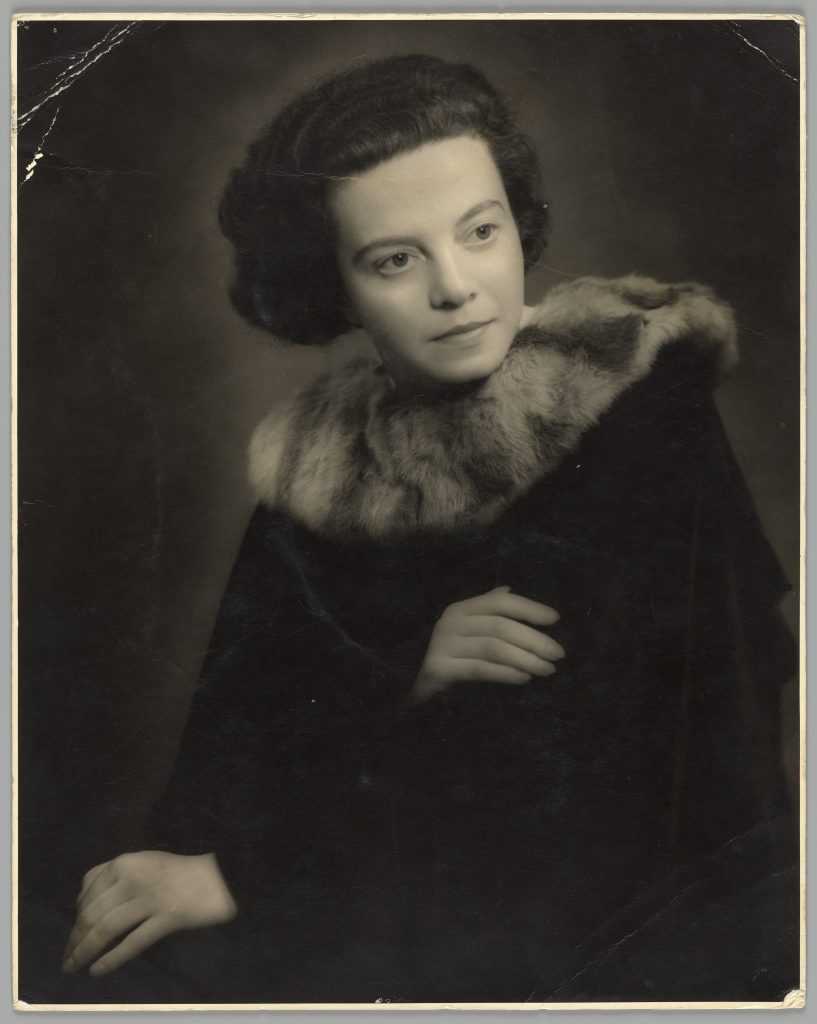
- The Home : an Australian Quarterly, vol.14 no.10, Oct 1933, p 62
- as above
- Department of the Interior, 1937, Miss s. Revid – Naturalization Certificate, NAA: A1, 1937/12176, Australian Government, Canberra, viewed 15 October 2022 via National Archives of Australia <naa.gov.au>.
- ‘Dancing her way to success’, Woman’s World, 1 August 1933, viewed in MS 8301
- Reference from Mary Wigman (translated from the original German) in ‘Photographs, scrapbook, and certificates of Sonia Revid. 1902-1967’, MS 8301, MS BOX 4808/2, State Library Victoria
- Brissenden, A & Glennon, K, 2010, Australia dances: creating Australian dance, 1945-1965, Wakefield Press, Kent Town SA, p.190.
- ‘Dancing her way to success’, Woman’s World, 1 August 1933, viewed in MS 8301, MS Box 4808/1
- Herald, 1 Dec 1932, p 21
- Department of the Interior, 1937, Miss s. Revid – Naturalization Certificate, NAA: A1, 1937/12176, Australian Government, Canberra, viewed 15 October 2022 via National Archives of Australia <naa.gov.au>.
- ‘Dancing her way to success’, Woman’s World, 1 August 1933, viewed in MS 8301
- Foxtrotter, Dancing Time, Table Talk, 5 Oct 1933
- Department of the Interior, 1937, Miss s. Revid – Naturalization Certificate, NAA: A1, 1937/12176, Australian Government, Canberra, viewed 15 October 2022 via National Archives of Australia
- Table Talk, 4 May 1933, p 35
- Revid, S, ‘Photographs, scrapbook, and certificates of Sonia Revid. 1902-1967’, verso of PHO48, MS 8301, State Library Victoria
- Revid, S, 1936?, Do slum children distinguish light from dark?, Ruskin Press, Melbourne, p 5
- as above
- as above
- Jewish Weekly News, 4 May 1934, p 12
- Certificate of enrolment (translated from the original Russian), in ‘Photographs, scrapbook, and certificates of Sonia Revid. 1902-1967’, MS 8301, MS BOX 4808/2, State Library Victoria
- Revid, S, Australia – the Country of the Future, in ‘Photographs, scrapbook, and certificates of Sonia Revid. 1902-1967’, MS 8301, State Library Victoria
- Births, Deaths and Marriages Victoria, Victorian Death Index, Department of Justice and Community Safety, viewed 24 Oct 2022, <https://www.bdm.vic.gov.au>
- Obituary is signed I.M., which is likely to be Israel Manuel Oderberg, editor of and contributor to the Australian Jewish News. Two copies of the obituary are found in Revid, S, ‘Photographs, scrapbook, and certificates of Sonia Revid. 1902-1967’, MS 8301, Box 4808/1, State Library Victoria


Hey Caitlyn,
I am a librarian at Geelong Regional Libraries and am also a retired professional contemporary dancer who spent many years dancing in Germany after studying at the Victorian College of the Arts.
I have never heard of Sonia Revid and found your article fascinating.
Thank you!
Warm regards Georgia ️
Thank you very much for the kind feedback, Georgia.
I had never heard of her either until I stumbled upon this collection, and was instantly intrigued by her. A very interesting person indeed!
Caitlyn
Such an intetesting person and such a creative asset to Melbourne & Australia. I’m sorry Sonia Revid faded from view. But how marvellous to have these documents & photos that link her to our local & international dance & arts scene.
This is so interesting! I have never heard of her but what an interesting life. I’m going to recommend it to a friend of mine whose mother was a dancer at the same time.
Wigman had another student Barbara Mettler in the USA whose teaching persists. And is accessible by Zoom class and in person as it has been continued by her students who teach and deliver teacher training. International Association of Creative Dance. IACD.
http://WWW.dancecreative.org
A wonderful dance lineage!
That was so interesting, thank you.
Loved this – especially the photo dancing on St.Kilda beach. Wonder what she would think of this area now? Thank you for bringing her life out of the shadows …